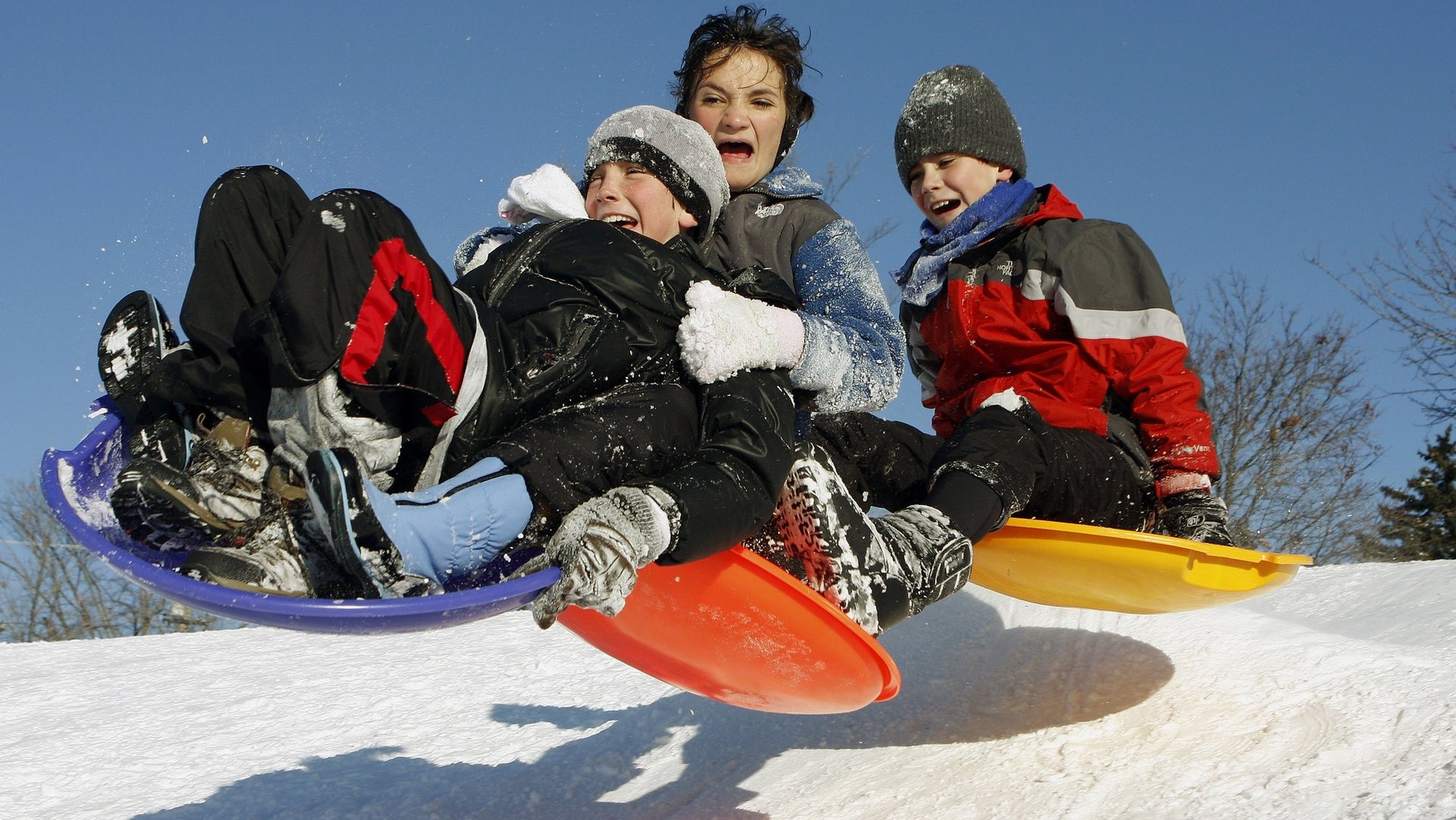American schools are on a campaign to make snow days not fun anymore
Schools around the US are grappling with how to make up the time squandered on snow days, thanks to the blitz of weather-related school closures caused by this year’s gruesome bout of cold weather.


Schools around the US are grappling with how to make up the time squandered on snow days, thanks to the blitz of weather-related school closures caused by this year’s gruesome bout of cold weather.
In Boston, for example, some districts have missed nine to 11 days because of the snow this school year, the Boston Globe reports. That’s compared to an average of two and a half snow days per year for the city’s public school students. As of February, the city of Detroit was one snow day away from meeting its maximum number of snow days, and Michigan is considering extending the number of snow days it allows schools.
The increase in days off isn’t being met with glee by giddy children and home-bound parents. That’s because US states require schools to provide a certain number of hours and/or days of instruction to students each school year. School districts usually plan for snow days in the calendar, but this year the number of snow days in a number of states has exceeded those allocations. That’s left more parents scrambling to find last-minute childcare, while those who stay home with their kids on snow days often have to juggle childcare with telecommuting.
The solutions proposed by school districts haven’t helped. The school district of Salem, Massachusetts, for instance, is requiring that students and teachers come to school for two days during their week-long spring break in April. Other school districts, like this one in Kentucky, are tacking extra school days onto the end of the school year in June, which will delay the start of the following school year. North Carolina’s Wake County will likely dip into Saturdays and religious holidays like Good Friday to make up the time. A Virginia district is extending shorter days into full school days, and an Oklahoma school district is adding minutes onto days at the beginning of the year.
Some schools are scrapping the time off altogether. Instead, students are required to work from home, either by logging onto classes online, or by sending home ”blizzard bags” filled with worksheets. The e-learning approach allows students to interact with teachers and continue ongoing lessons—albeit at the expense of movie marathons and snow angels.